Imagine your favorite photo coming alive.
No camera, no film crew, just AI magic in seconds.
A still image doesn’t have to stay still anymore. With today’s AI tools, you can turn a single photo into a dynamic, moving video in just seconds.
No video editing skills required.
These AI Image to Video generators are changing the game for everyone.
The Rise of AI Image to Video Generators
AI Image to Video generators are transforming the way creators work. Instead of needing complex animation skills or expensive software, these tools can take a single static image and make it move like blinking eyes, waving hands, shifting backgrounds, or even cinematic camera pans.
They’re faster and cheaper than traditional animation, which means anyone from a solo creator to a marketing team can bring ideas to life instantly. This isn’t just about saving money; it’s about unlocking creative possibilities that used to require a studio.
How AI Image to Video Generators Tools Work
At their core, AI Image to Video tools combine several advanced technologies:
Diffusion Models: These algorithms gradually “fill in” motion and details between frames, creating smooth animation from a still image.
- Frame Interpolation: The AI generates intermediate frames that make movements fluid and natural.
- Prompt Based Control: You can guide the animation using text prompts (“make the clouds move slowly”) or additional images for reference.
- Facial & Object Tracking: AI detects key points in the image (like eyes, mouth, or background elements) and moves them realistically.
Why It’s Gaining Momentum
AI Image to Video tools are exploding in popularity because they:
- Simplify Storytelling: No need for professional animators; creators can illustrate complex ideas in seconds.
- Speed Up Content Creation: Social media videos, ads, and explainer animations can be made in minutes instead of days.
- Lower Production Costs: Eliminates the need for cameras, actors, and post production editing in many cases.
- Open Doors for Non-Experts: Anyone with a photo and a bit of imagination can create cinematic motion.
Top Tools Worth Knowing
Google Veo 3
Creates up to 8 second clips with audio from either images or text prompts. Known for its high fidelity and realism, Veo 3 excels in short cinematic storytelling.
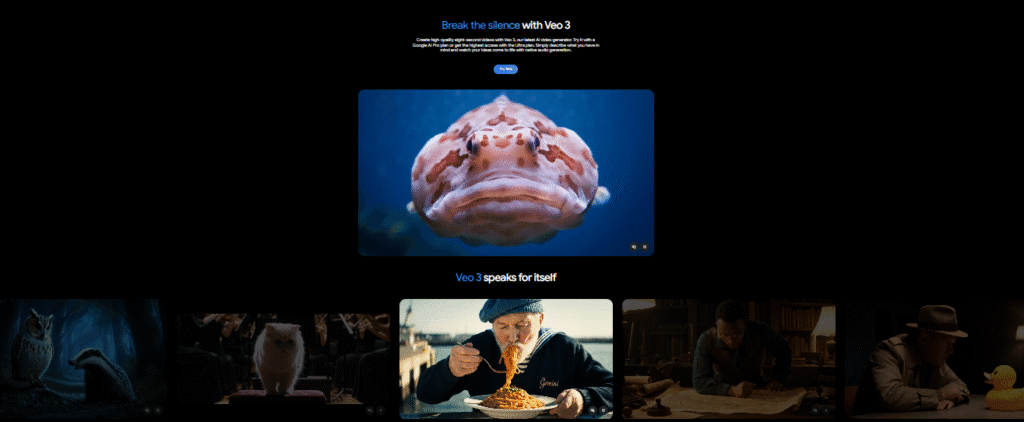
Adobe Firefly: Generate Video
Generates 5 second clips from images or text. Integrated into Creative Cloud, it’s a safe choice for commercial projects thanks to Adobe’s licensed content model.
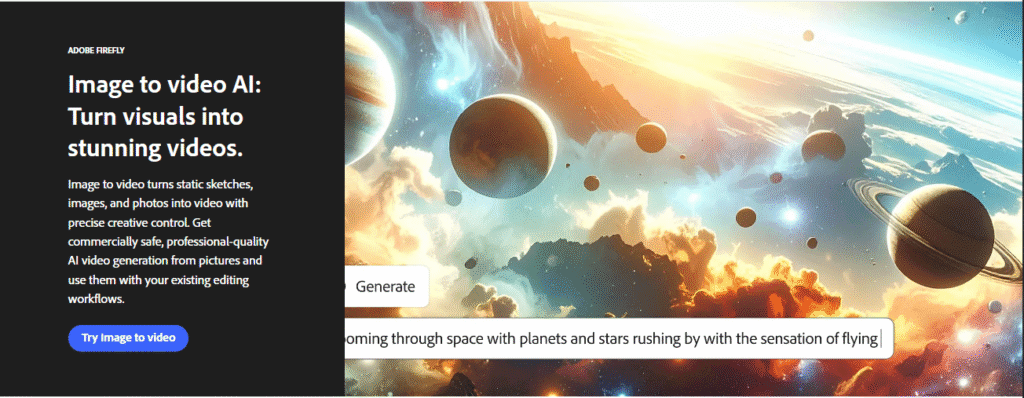
Runway Gen-2 & Gen-3
Multimodal generation from text, images, or existing videos. Includes stylization options, camera motion effects, and quick export for editing.

OpenAI Sora
A text-to-video model introduced in Dec 2024 with metadata tagging, built-in content filtering, and strong safety guardrails.

Hidden Gems You Probably Haven’t Tried Yet
Pika 1.0
A fast growing AI video generator that converts stills into dynamic, cinematic sequences. Known for creative filters and rapid output speeds.

Kaiber AI
Popular among musicians and content creators for turning album art or concept art into motion visuals. Supports multiple styles from anime to photorealism.
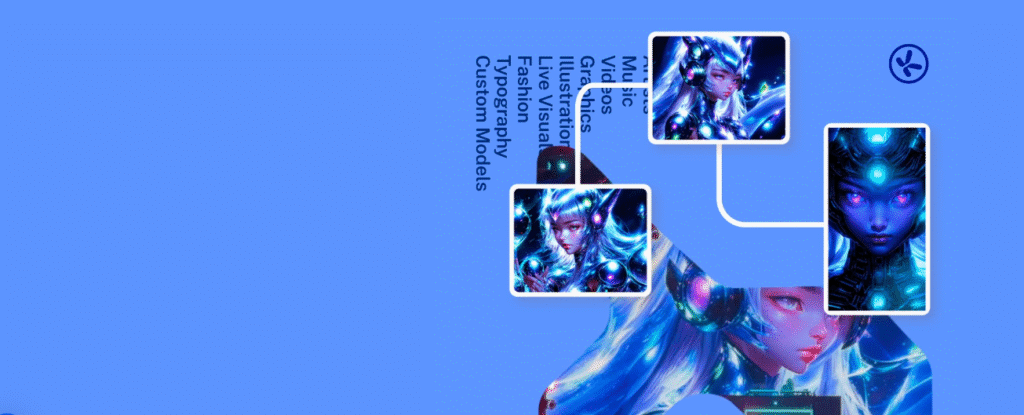
PixVerse
A mobile-friendly app for animating images into short videos, perfect for TikTok and Instagram reels. Great for beginners with no editing skills.

Luma AI
Specializes in photorealistic and 3D like animations. Excellent for product showcases and architectural renders.
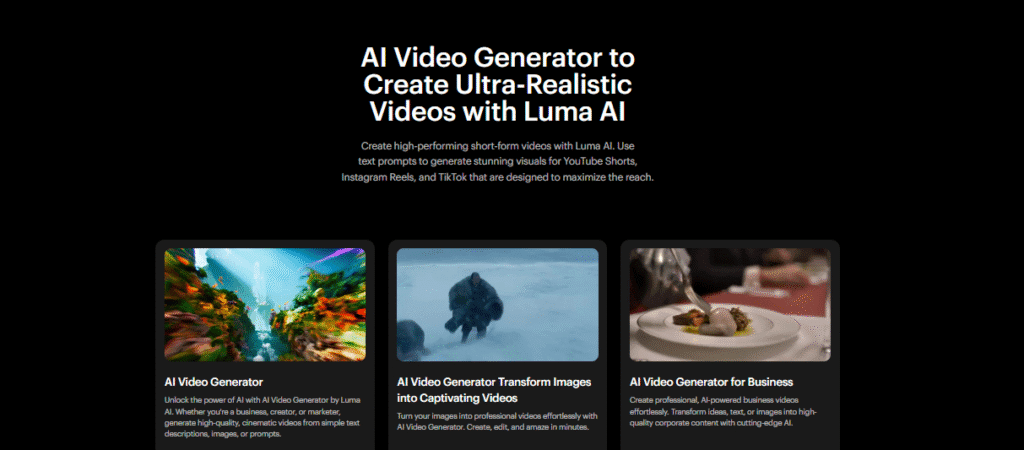
Deep Nostalgia (by MyHeritage)
Originally built for animating old family photos, it’s now used creatively for social media storytelling and historical reenactments.
Other Alternatives: AI Image to Video Tools
HeyGen
It is best known for turning static photos into talking avatars with lip-sync capabilities. It’s popular for corporate training, explainer videos, and even personalized greetings. The platform runs on a freemium model with paid plans, though free exports are limited each month.
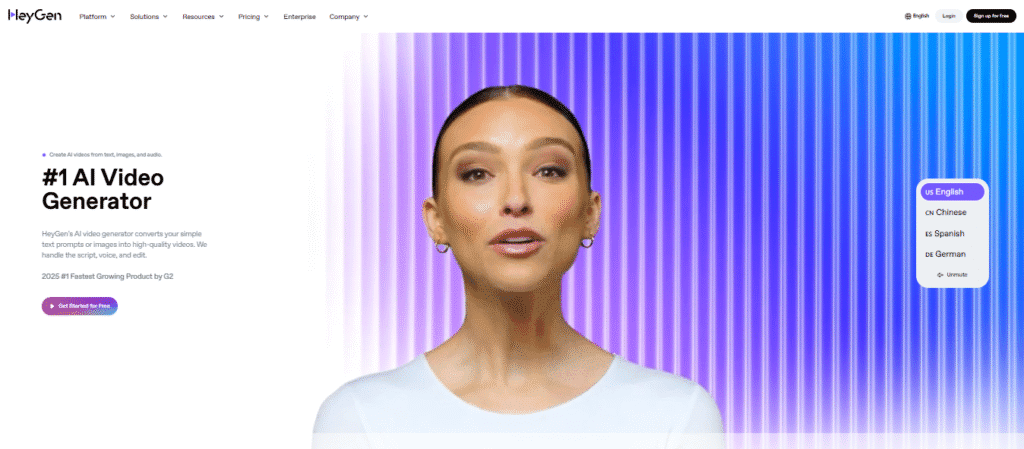
Canva AI Video
It offers simple drag-and-drop photo-to-animation templates, making it perfect for beginners and marketers. It also runs on a freemium model, but its motion quality isn’t as realistic as professional tools.
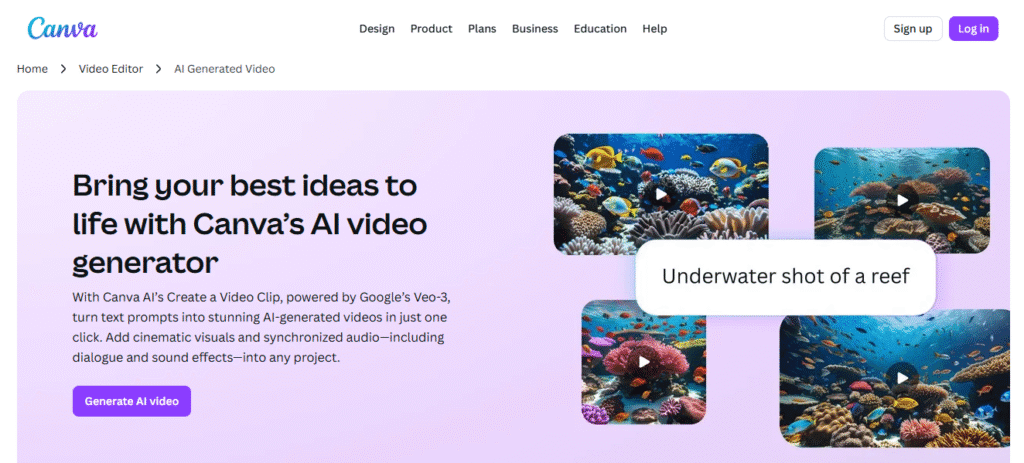
Synthesia
It delivers highly realistic talking avatars with multilingual support, ideal for e-learning and corporate presentations. It’s paid-only and doesn’t allow complex camera movements.
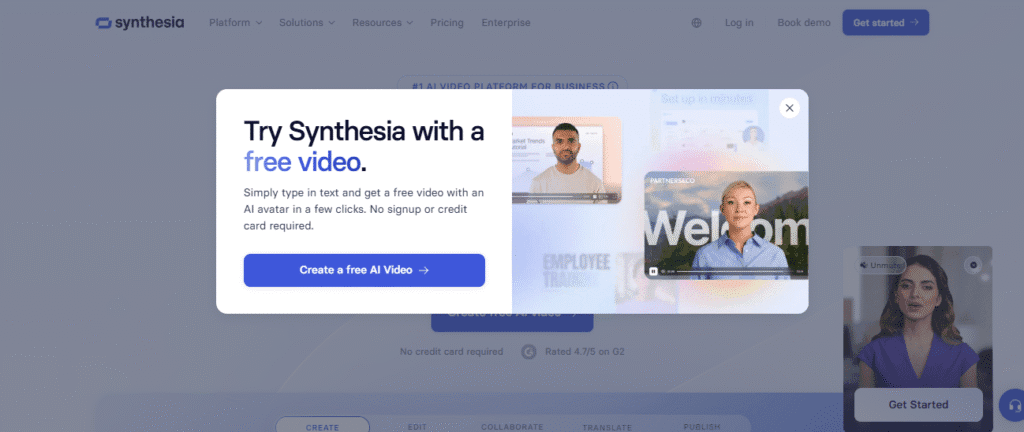
Elai.io
It combines AI avatars with image animation and LMS integration, making it a strong choice for online educators. However, it’s paid-only and has fewer style variations compared to rivals.
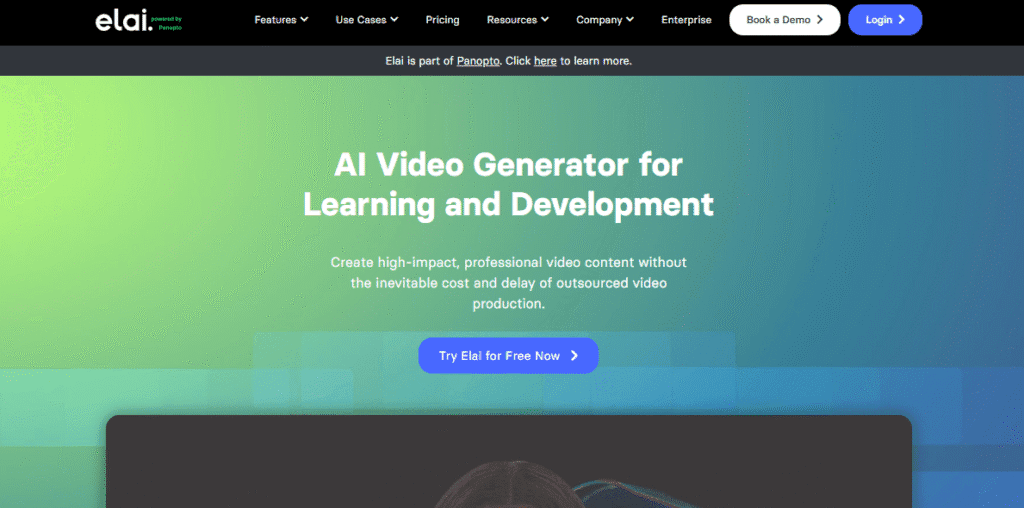
D-ID
This specializes in photo to video conversion and face reenactment with audio sync. It’s available in freemium and paid tiers, though the free version adds a watermark.

Colossyan
This focuses on text-to-video generation with animated photos and actors, making it well suited for training and onboarding content. It’s paid only, and customization options are limited in lower-tier plans.

Free & Freemium AI Image to Video Tools
These tools let you try AI Image to Video generation without an upfront cost.
Most use a freemium model in which basic features are free, but advanced exports require payment.
| Tool | Core Strength | Best For | Pricing | Limitations |
| Google Veo 3 | Creates up to 8-sec cinematic clips with audio from images or text | Short storytelling, creative ads | Free (limited access, invite-only) | Limited to short clips |
| Adobe Firefly – Generate Video | 5-sec clips from images/text, commercial-safe | Commercial projects, Adobe users | Free with Adobe account, paid via Creative Cloud | Short duration only |
| Runway Gen-2 & Gen-3 | Multimodal (text, image, video), stylization & camera motion | Creators & editors | Free tier + Paid plans | Free plan has export limits |
| Pika 1.0 | Fast cinematic sequences with creative filters | Content creators, artists | Free tier + Paid plans | Output length limitations |
| Kaiber AI | Turns album/concept art into motion visuals | Musicians, artists | Free tier + Paid plans | Watermark in free tier |
| PixVerse | Mobile-friendly short video animation | TikTok & Instagram users | Free tier + Paid plans | Less control over advanced settings |
| Deep Nostalgia (MyHeritage) | Animates old photos with realism | Family history, social media fun | Free demo + Paid subscription | Limited animation styles |
| HeyGen | Talking avatars with lip-sync | Corporate & personal greetings | Free tier + Paid plans | Limited free exports per month |
| Canva AI Video | Drag-and-drop photo animation templates | Beginners & marketers | Free tier + Paid plans | Less realistic motion |
| D-ID | Photo-to-video with audio sync | Personalization & social media | Free tier + Paid plans | Watermark in free tier |
Paid-Only AI Image to Video Tools
These platforms require a subscription or one-time payment to use.
They often offer higher resolution, more customization, and no watermarks.
| Tool | Core Strength | Best For | Pricing | Limitations |
| OpenAI Sora | Text-to-video with metadata tagging & safety filters | Professional creative projects | Paid (pricing not yet public) | Not publicly free |
| Luma AI | Photorealistic & 3D-style animations | Product showcases, architecture | Paid plans from ~$29/month | Requires paid plan for high-res |
| Synthesia | Realistic multilingual talking avatars | E-learning & presentations | Paid from ~$30/month | No complex camera movements |
| Elai.io | AI avatars + LMS integration | Online educators | Paid from ~$29/month | Fewer style variations |
| Colossyan | Text-to-video with animated actors | Training & onboarding | Paid from ~$28/month | Limited customization in lower plans |
Best Practices to Maximize Results
1. Use High Quality Images
Choose photos that are clear, well-lit, and high resolution (1080p or higher). The better the starting image, the sharper and more professional your video will look.
2. Plan with a Simple Storyboard
Even a short animation works best when it follows a logical sequence. Sketch out a mini-narrative so your final video tells a story, not just moves pixels.
Experience the Power of AI Animations
Start with Viggle AI!
3. Write Detailed Prompts
When giving instructions to the AI, be specific. Mention mood, style, tone, and references. For example:
“A cinematic, sunset-lit animation in the style of Pixar, with gentle camera panning.”
Try Kling AI Today and See What One Prompt Can Do!4. Iterate & Refine
Don’t settle for the first result. Adjust your prompts, tweak the image, and experiment each revision can bring you closer to perfection.
Explore the Top CapCut Alternatives and Find the Perfect AI Video Editor for Your Style.Common Mistakes to Avoid
1. Using Low Resolution or Blurry Images
If your source image is pixelated or poorly lit, the AI can’t magically fix it and it will only highlight flaws in the final video.
2. Overloading the Prompt
Cramming too many styles, moods, or actions into one request can confuse the AI. Keep it clear and focused.
3. Skipping the Test Runs
Don’t expect perfection on the first try. Running a quick test before committing to a final version can save hours.
4. Ignoring Aspect Ratios
If you need the video for Instagram, YouTube, or TikTok, plan the correct dimensions from the start.
5. Overusing Effects
While effects can make videos look dynamic, piling on too many can result in a chaotic, unnatural animation.
Looking for Luma AI Alternatives? Try These Free Tools to Bring Your Visuals to LifeReal-World Use Cases & Creative Examples
Social Media & Personal Use
Turn simple selfies or travel shots into attention grabbing reels, stories, or TikToks.
Animated posts often outperform static ones in engagement, making them perfect for creators who want to stand out without spending hours on video editing.
Marketing & Explainers
Businesses can transform static product shots into dynamic product demos, ad teasers, or animated explainers. This approach not only saves production costs but also speeds up campaign creation.
Creative Storytelling
From mood trailers for upcoming projects to short, immersive video snippets for music releases, AI animation lets you bring stories to life even with a single image. Ideal for authors, musicians, filmmakers, and indie creators.
Pro Advice: Getting Started with AI Image to Video Tools
1. Start with Free Trials
Most platforms like Runway, HeyGen, and Adobe Firefly offer limited free credits. Experiment before committing to a paid plan so you understand what each tool excels at.
2. Begin with Simple Prompts
Don’t overcomplicate your first attempts. Try a clear description like “sunset over a mountain, cinematic style” before adding extra effects or details.
3. Use Clear, High-Resolution Images
The cleaner and more detailed your source image, the better the animation. Avoid blurry or low-light shots for your first projects.
4. Learn from Built-in Templates
Many tools include preset styles or templates. these are great for learning what’s possible without needing advanced prompt skills.
5. Save Multiple Versions
AI results can be unpredictable. Save variations so you can pick the one that works best without having to regenerate.
6. Keep Legal Use in Mind
If you’re animating images you don’t own, make sure they’re royalty-free or licensed for your project especially for commercial use.
Design Smarter, Not Harder
Dive Into What Picsart AI Can Do for You
FAQs: Quick Answers
1. What is an AI Image to Video generator?
It’s a tool that uses AI to turn a still image into a short, animated video by adding motion, depth, and effects.
2. How do these tools create motion from a still image?
They use AI models like diffusion and interpolation to predict how objects and backgrounds would move, then render frames to simulate video.
3. Which tool is best for beginners vs creatives?
Beginners often prefer HeyGen or Adobe Firefly for their templates and ease of use, while creatives may choose Runway Gen-3 or OpenAI Sora for more control and advanced effects.
4. How long are the video clips?
Most tools generate 5-8 second clips on free plans, with paid tiers offering longer durations.
5. Do I need to pay? What’s the free allowance?
Many platforms offer free credits or short trial clips, but high-resolution or longer videos usually require a paid plan.
6. How to improve video quality from my image?
Use a clear, high-resolution image (1080p or higher), detailed prompts, and refine outputs by running multiple generations.
Conclusion: Bring Your Images to Life
AI Image to Video generators are no longer niche. They’re powerful, accessible, and ready for anyone to use. Whether you’re a beginner testing your first animation or a creative pushing visual boundaries, success comes down to three things:
- Start with high quality images.
- Plan with clear prompts and storyboards.
- Experiment across different tools for unique results.
Don’t just read; start creating.
Pick a tool, animate an image, and see your photos come alive. The AI video revolution is here; time to be part of it.